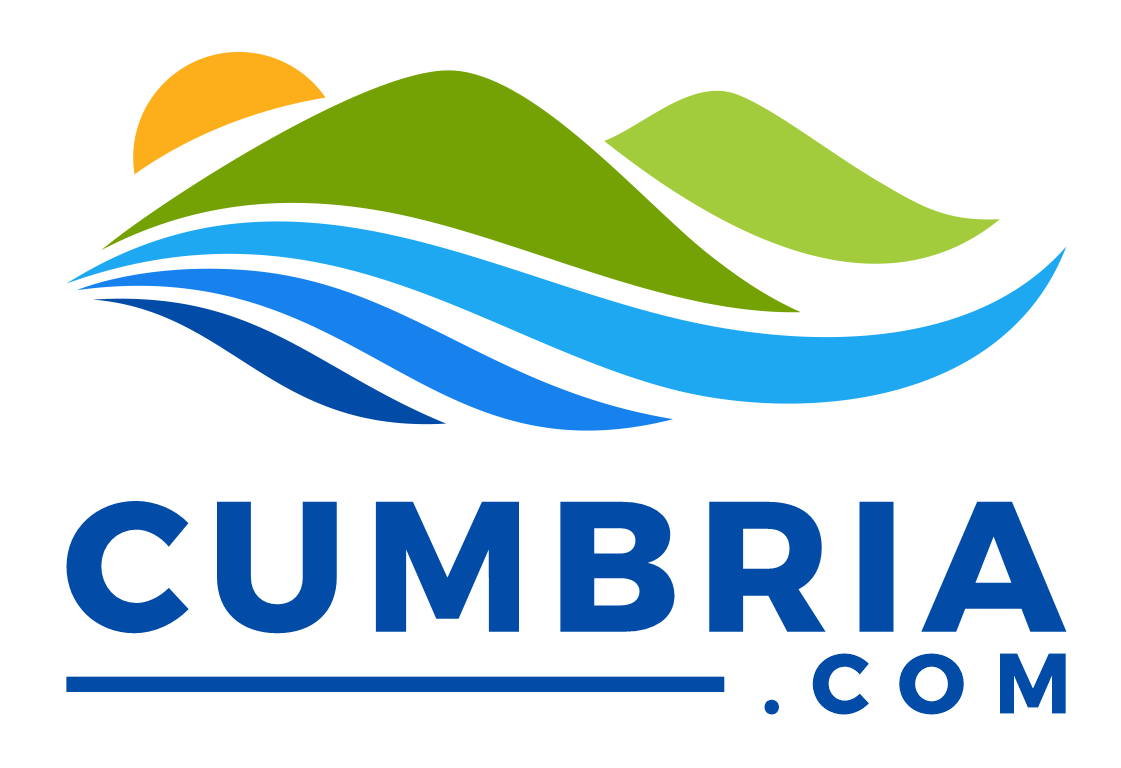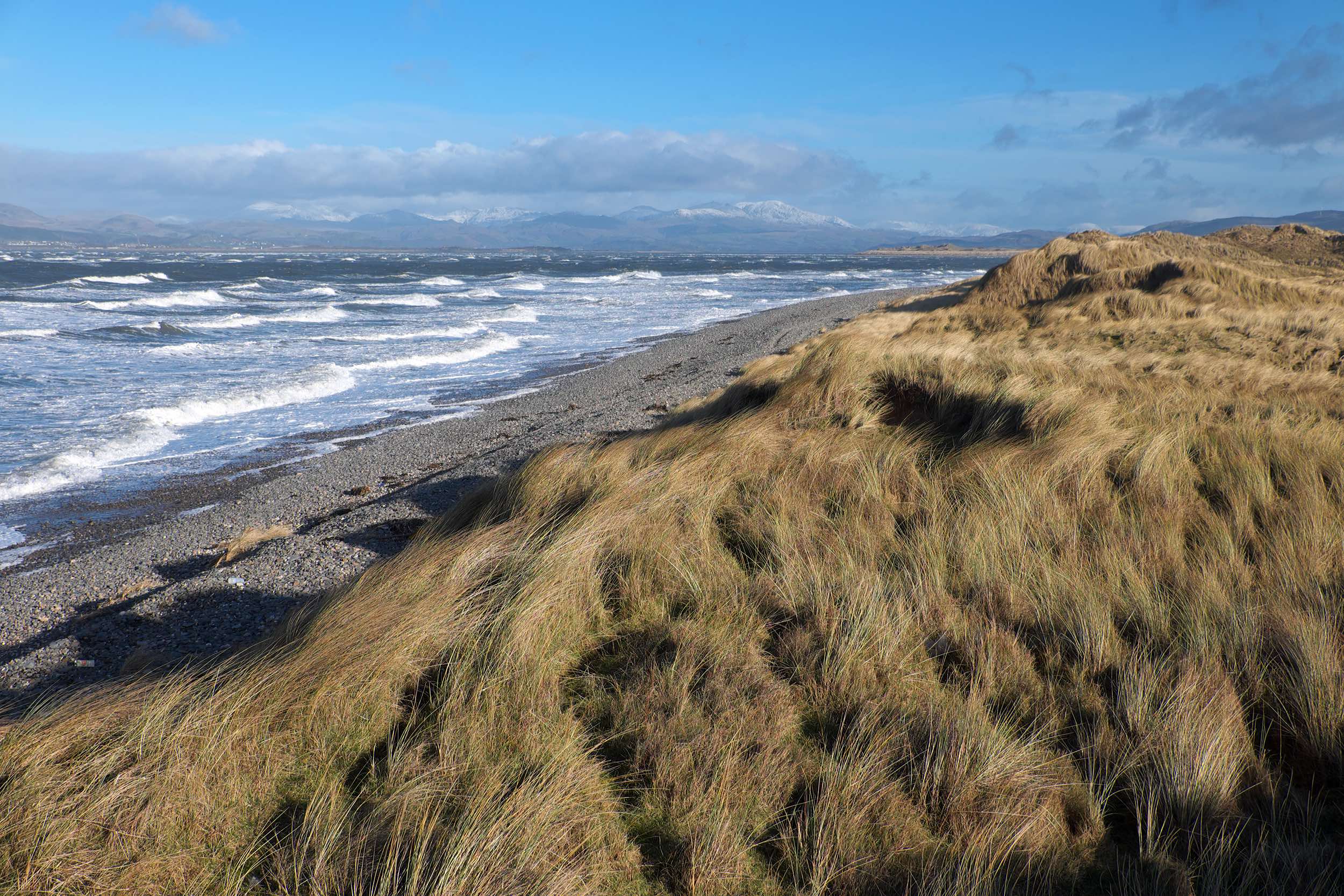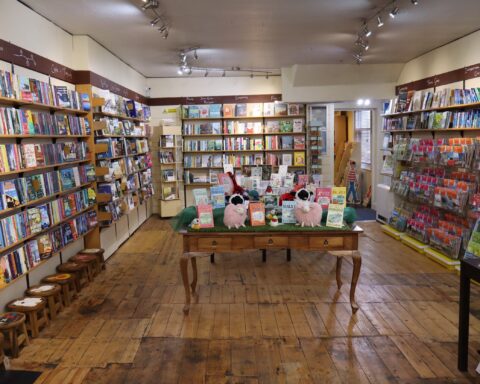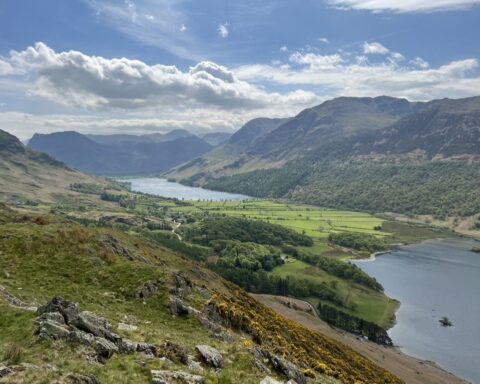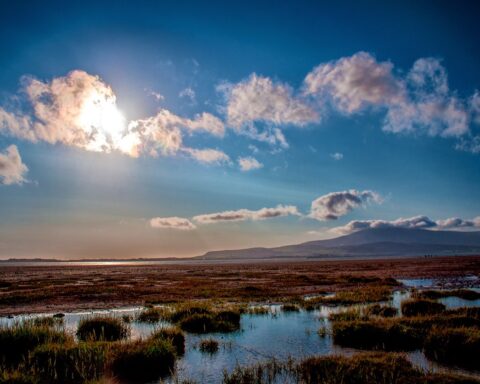The far south of Cumbria consists of a series of peninsulas that jut out into Morecambe Bay – popular with bird spotters and other wildlife enthusiasts, as well as holiday-makers looking for somewhere that’s a little off the beaten track.
The attractive towns and villages of Arnside, Grange-over-Sands and Ulverston are well worth a visit – if only for their laid-back atmosphere, amazing outlooks and beautiful walks. Arnside Knott and Hampsfell both make for relatively easy rambles, blending coastal scenery with dreamy views of the distant hills. In summer, it’s even possible to walk/wade across the notorious Kent estuary, known for its quick sands and rapidly flowing tides – but only if led by the officially appointed and highly knowledgeable Queen’s Guide to the Sands. Just inland of Grange is tiny Cartmel, home to a twelfth-century priory church, a racecourse and one of the region’s top restaurants.
If historic homes and gardens are your thing, there’s Holker Hall, Levens Hall and, nearer Kendal, Sizergh Castle. The picturesque ruins of Furness Abbey, on the edge of Barrow-in-Furness, provide an insight into a time when monks controlled much of the land and trade in these parts. Another blast from the (slightly more recent) past comes in the form of the Lakeside and Haverthwaite Railway, which operates steam trains near the southern end of Windermere. Fans of the combustion engine might also want to consider dropping in on the Lakeland Motor Museum.
Morecambe Bay itself, one of Britain’s largest bays, is part of the Irish Sea but visitors don’t always get to see the water. When the tide goes out here, it really goes out, leaving salt marshes, mudflats and shifting sands that stretch on into the distance for several miles. This astonishing tidal landscape provides the region with one of its best-known culinary treats – potted shrimps. It’s also home to a wide variety of wildlife, including several rare species. Those armed with binoculars are advised to head to Walney Island, connected to Barrow via a road bridge. This long, thin wedge of glacial till boasts two nature reserves where you’ll find rare natterjack toads, Cumbria’s only grey seal colony and countless species of bird. Other fascinating wildlife sites in the far south of the county include Foulshaw Moss, a nesting site for ospreys, and the Arnside and Silverdale Area of Outstanding Natural Beauty, renowned for the birds, butterflies and wildflowers of its limestone pavement.
